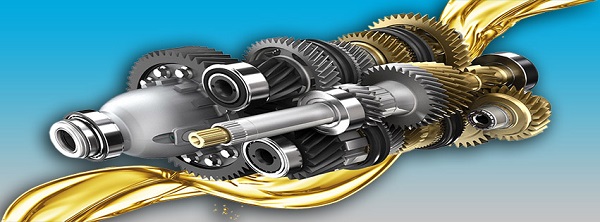wemay
Site Donor 2023

The role of additives in motor oil performance | Africa Automotive News
 africaautomotivenews.com
africaautomotivenews.com
Quotes from various oil manufacturers including below...
"...Oliver Kuhn, Deputy Head of the Oil Laboratory at LIQUI MOLY GmbH, says, “Additives deliver the performance of the motor oil. Motor oil consists of two main components: base oil (the actual oil) and the additive composition. In the latest motor oils, the role of the base oil is more or less reduced to a carrier fluid for the additives. Even lubrication is provided rather by the additives than by the base oil.” Liqui Moly GmbH is a German company specializing in oils, lubricants and additives..."
